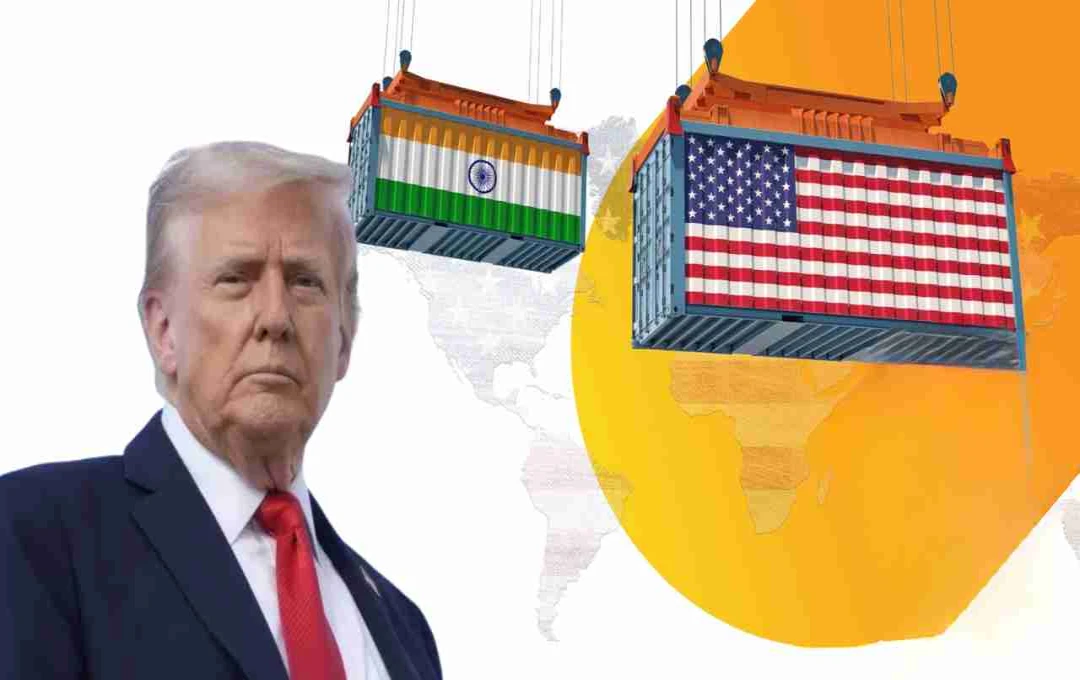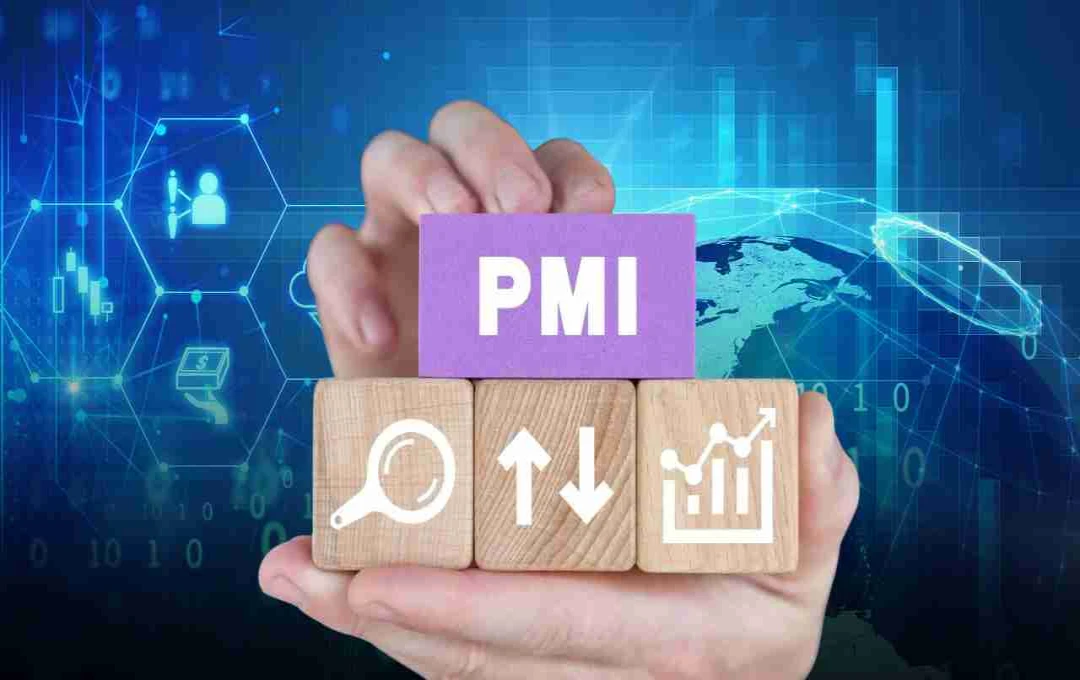US President Donald Trump has announced a 25% tariff on the import of medium and heavy-duty trucks, effective November 1, 2025. Previously, he had also imposed heavy duties on the steel, auto, and pharmaceutical sectors. This policy by Trump is seen as another significant step towards boosting domestic manufacturing and reducing foreign dependency.
Tariff: US President Donald Trump has once again dropped a tariff bomb, announcing a 25% duty on the import of medium and heavy-duty trucks, effective November 1, 2025. Trump stated that this decision was made to protect America's industrial interests. Previously, the administration had also increased tariffs on several products such as steel, auto parts, pharmaceuticals, timber, and furniture. High tariff rates have also been applied to China, European countries, and India, which is bound to impact global trade.
Trump's New Order
President Trump wrote on his social media platform, Truth Social, that all medium and heavy-duty trucks imported into the US from abroad will be subject to a 25% tariff starting November 1, 2025. He stated that this step has been taken to promote American truck manufacturing and reduce foreign dependency. Following Trump's decision, there has been a significant upheaval in the global automobile industry.
Relief for Domestic Industry, Pressure on Foreign Companies
Under the new tariff, domestically manufacturing truck companies in the US have been granted an exemption. This means that companies establishing their manufacturing plants in the US will be shielded from this 25% tariff. However, companies importing trucks from foreign soil will face a heavy burden of increased costs. This decision could be a major blow to truck manufacturers from foreign brands such as Japan, Germany, South Korea, and India.
Several Tariffs Imposed Previously
The Trump administration had already imposed new import duties on several products earlier this year. This includes a 100% tariff on branded and patented pharmaceuticals. Duties of 10% on softwood lumber, 25% to 30% on furniture, and 25% to 50% on kitchen cabinets and bathroom vanities have been imposed. Additionally, tariffs on steel, aluminum, and copper were increased to 50%. Furthermore, a 25% duty was also imposed on imported automobiles and auto parts at the beginning of 2025.
Impact on American Consumers

The impact of these continuously increasing tariffs is now clearly visible on American consumers. Prices of household and industrial goods are rising rapidly. The cost of everything from furniture to construction materials has increased. Experts believe that Trump's tariff decisions could further escalate inflation in the United States.
Tough Stance on Many Countries, Including India
This time, the Trump administration has not targeted just one or two countries, but rather nations worldwide with its tariff radar. Under the Universal Baseline Tariff, most goods from non-restricted countries have been subjected to a 10% duty. This was dubbed the “Liberation Day Tariff,” which became effective in April 2025.
Furthermore, country-specific tariffs have also been determined. For countries with which the US has a significant trade deficit, these rates range from 10% to 40%. For instance, a total tariff of 34% has been imposed on China, while a 15% duty applies to the European Union.
India has not been exempted either. Initially, a 25% reciprocal tariff was imposed on India, but an additional 25% penalty was later added concerning oil imports from Russia. Consequently, the total tariff rate on Indian goods has reached 50%.
Turmoil in the Global Market
This new move by Trump has created fresh uncertainty in international trade. The market share of Asian and European truck companies in the US market was already declining, and now it will be further impacted. Experts believe that this will not only increase competition in the auto sector but also affect supply chains.














